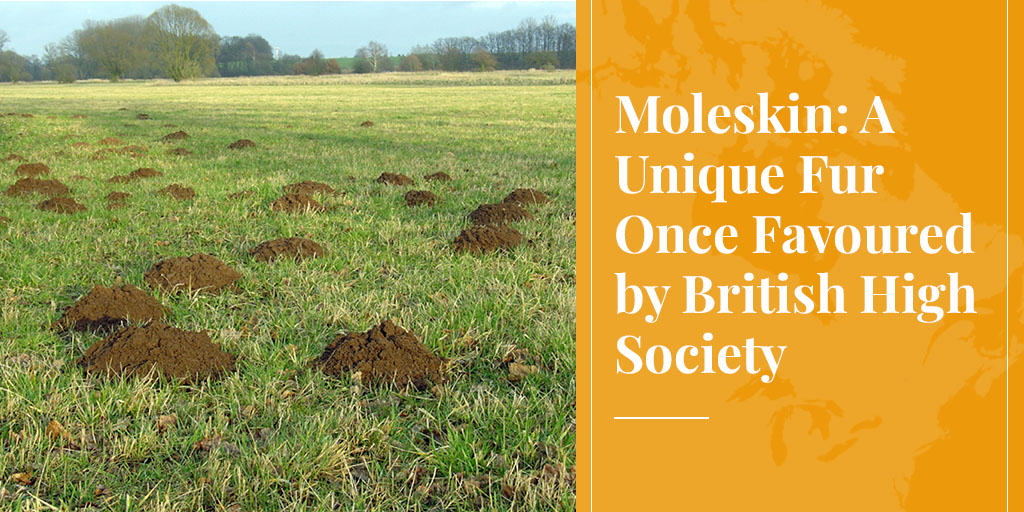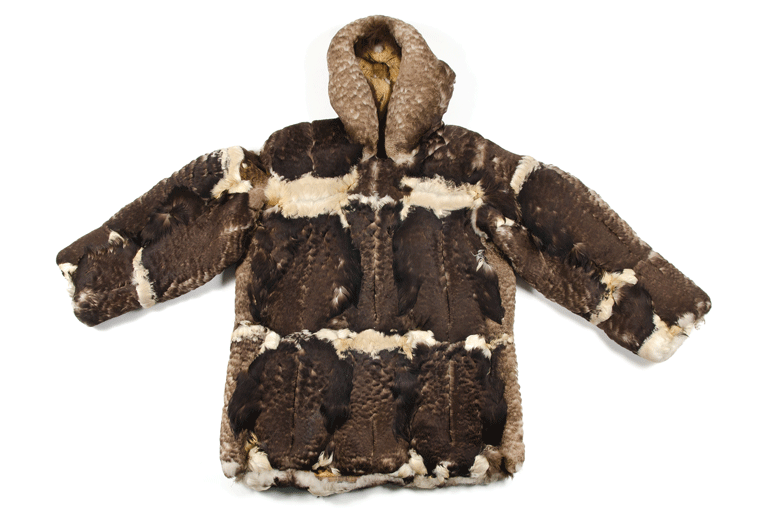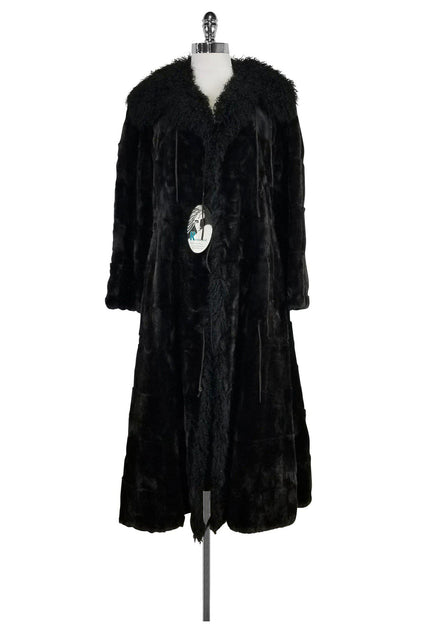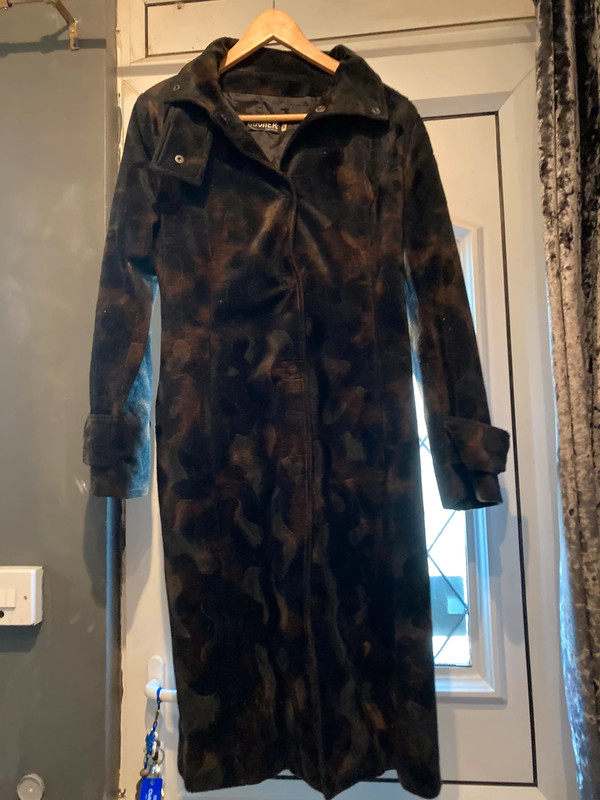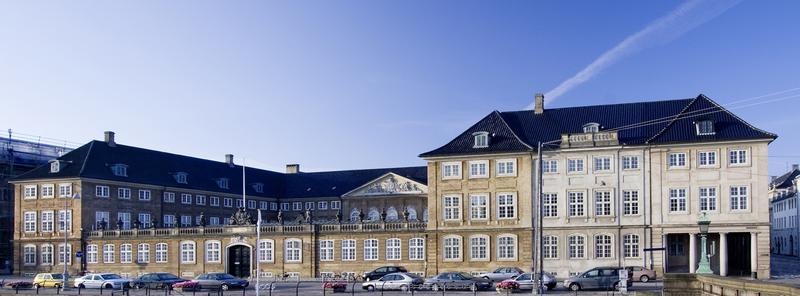Is not a fur mantlle below her, and what we see are the undergarments worn under a fur mantle? This is to little even for a hot summer in Danemark. (And by the way few people run around while living in a grave clothes shroud shirt. So assuming exact clothes for the living from a grave is not so straightforward).

en.natmus.dk
No, she's lying on a cow hide, and was covered by a cloth blanket. She was buried in the summer time, based on the presence of yarrow. There are at least two other burials that show Bronze Age women wearing a similar style shirt. I understand that graveclothes can be different, but there are only so many mummies preserved in glaciers who were not dressed for a funeral! Was your first example of waterfowl clothing not also taken from a burial site?
Here's an analysis of her outfit:
"The Egtved female was dressed in a blouse that had the same shape as the two other complete Bronze Age blouses found in Borum Eshøj and Skrydstrup graves. (Broholm and Hald 1940). Below the blouse she had a sash with a beltplate fastened to it and a tassel at one end. On the lower part of her body she was clothed in a corded skirt that reached to her knees. She was covered by a piece of textile with the measurements of 245 × 165/190 cm (Broholm and Hald 1948:34–36, Thomsen 1929). Also found were a plain wool cord that had probably held back her hair, and pieces of cloth that have been interpreted as possible socks or foot wrappers (Alexandersen et al. 1983:37, Broholm and Hald 1940). Textiles around the feet are also known from other Early Bronze Age oak-log coffins (Broholm and Hald 1940). The corded skirt in the burial was considered «indecent» and created a furore when it was first excavated, and some early reconstructions showed the corded skirt worn on top of a long skirt (Lomborg 1971:22–23). The Egtved skirt is now generally seen as having been worn hanging from the hips (Alexandersen et al. 1983:35, Hansen 1978:139, Hvass 1981:30). ...
"The costume that the Egtved female wore has been discussed in many places (e.g. Alexandersen 1983, Bergerbrant 2007, Fossøy and Bergerbrant 2013, Randsborg 2011, Thomsen 1929). The Scandinavian Early Bronze Age textiles are generally regarded as technically similar, e.g. thread count, yarn diameter etc. (Bender Jørgensen 1986, Franzén et al. 2010, Mannering et al. 2012). There are three preserved examples of the wool blouse (Broholm and Hald 1940, Bergerbrant 2007). The wool blouse could be seen as a Scandinavian tradition based on old leather clothing (Broholm and Hald 1940, Hägg 1996a). The blouse is a tailored garment (Broholm and Hald 1940), there is no evidence of tailored garments in Central Europe (Bender Jørgensen 1992, Grömer 2010), though in the Hallstatt salt mines there are small textile fragments dating to the Bronze Age that are stitched together (Rösel-Mautendorfer 2013). There are indications that both long-sleeved and short-sleeved blouses existed in the Bronze Age, in the Lüneburg Culture (Ehlers 1998, Hägg 1986b), making it difficult to rule out that the blouse was a commonly used piece of clothing in the European Bronze Age. The costume in Central Europe has been interpreted as different from that in Scandinavia due to the two pins placed on the chest in female graves (e.g. Wels-Weyrauch 1989b, Hägg 1996a). It has been argued that the so-called ‘peplos-type’ dress11 was used in Central Europe during the Middle Bronze Age (Hägg 1996a). It has been argued that the corded skirt has a long history all the way back to the Palaeolithic (Barber 1991:255–259, 1999:20–29). Its usage seems to have died out during the Bronze Age in Scandinavia, as there is no evidence of the skirt type in the Iron Age (Mannering et al. 2012). There are examples of corded skirts made of plant fibres in Robenhausen, Switzerland (Hägg 1996a:140–143), but there is no evidence for the use of corded skirts elsewhere in Europe during the Bronze Age (CinBa database). The only other more or less contemporary corded skirt is found in the Tamarin Basin, China (Mallery and Mair 2000:213), indicating that the corded skirt in Europe was a Nordic Bronze Age phenomenon and that it had gone out of use earlier in other parts of Europe. The remains of corded skirts are found in many parts of southern Scandinavia (Bergerbrant 2014), showing that it was a commonly used piece of clothing in Scandinavia during the Early Bronze Age (1500–1100 BC). As all the different pieces of costume, except for the corded skirt, can be found in the other well-preserved oak-log coffin graves (Broholm and Hald 1940, Bergerbrant 2007), and the remains of corded skirts can be found in many Bronze Age burials (Bergerbant 2014), this 11. The European peplos-type clothing may be compared with that from Classical Greece, i.e. ‘folded down from the neck and belted. Secured at the shoulder with pins, it was sleeveless and sometimes worn over a chiton’ (Pedley 1998:173). indicates that the Egtved female was clothed in a typical South Scandinavian outfit of the Early Bronze Age."



